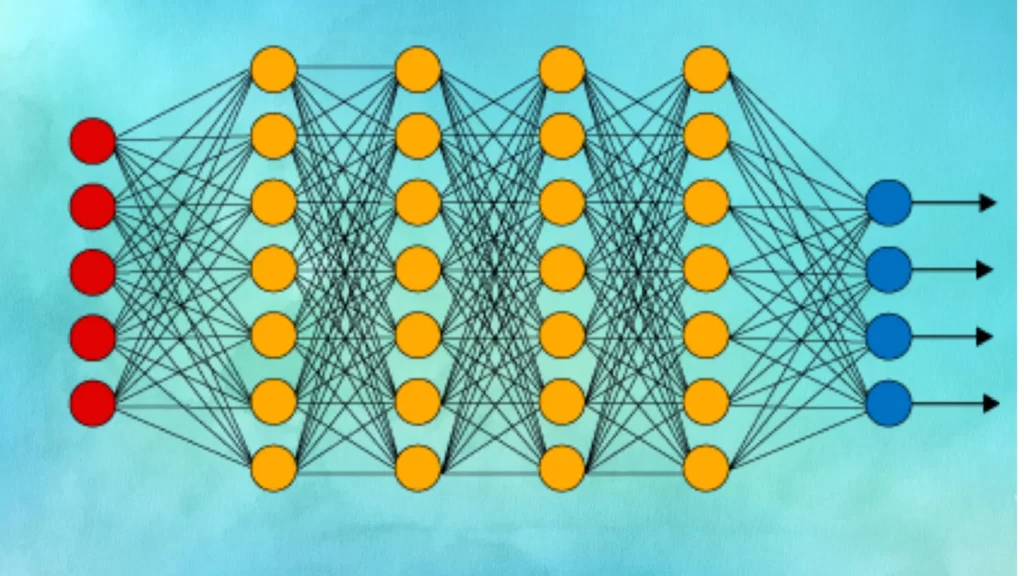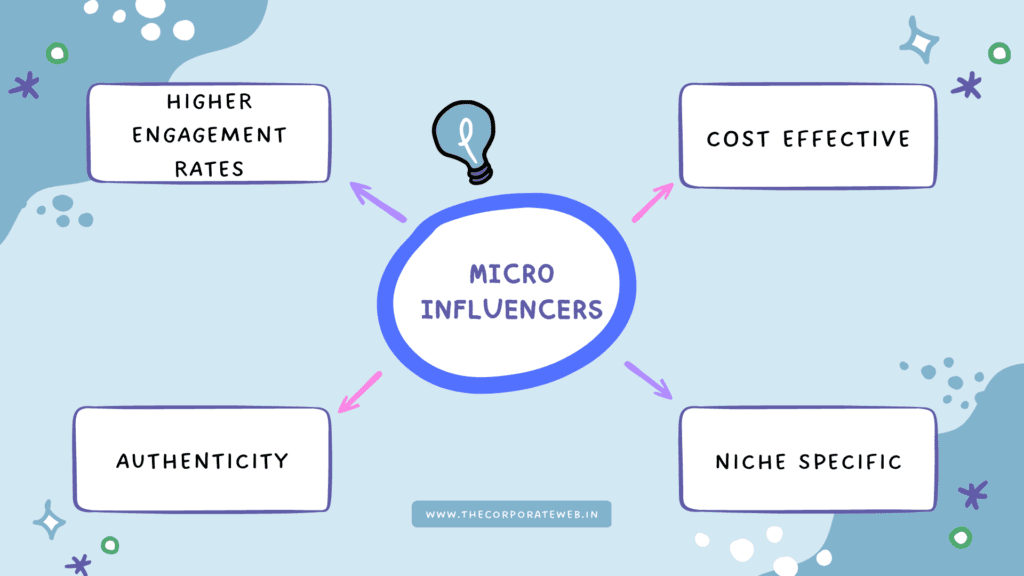Machine learning neural networks, also known as artificial neural networks, are a subset of machine learning algorithms inspired by the structure and function of the human brain. These networks are used to learn patterns and relationships in data, and to make predictions or decisions based on that learning.
In this blog, we’ll explore what machine learning neural networks are, how they work, and the different types of neural networks commonly used in machine learning.
What is Machine Learning Neural Networks?
A machine learning neural network is an interconnected network of artificial neurons that work together to process and analyze data. These networks are designed to mimic the way the human brain works, with multiple layers of neurons that can learn to recognize patterns and make decisions based on those patterns.
The basic building block of a neural network is an artificial neuron, which takes in one or more inputs and produces an output. Each input is weighted, and the neuron applies an activation function to the sum of the weighted inputs to determine the output.
A neural network typically consists of multiple layers of neurons, with each layer processing and transforming the output of the previous layer. The first layer is the input layer, which takes in the raw data, and the last layer is the output layer, which produces the final prediction or decision.
In between the input and output layers, there may be one or more hidden layers, which perform intermediate calculations and learn to recognize more complex patterns in the data. The number of hidden layers and the number of neurons in each layer are hyperparameters that can be tuned to optimize the performance of the network.
How Do Machine Learning Neural Networks Work?
To understand how machine learning neural networks work, let’s look at a simple example of image classification. Suppose we want to train a neural network to recognize handwritten digits. We start by feeding the network a large dataset of images of handwritten digits, with the correct label for each image.
The network then goes through a training process, where it adjusts the weights of the connections between the neurons to minimize the difference between its predicted output and the correct label for each image. This process is known as backpropagation, and it involves calculating the gradient of the error function with respect to the weights and adjusting the weights accordingly.
After the network has been trained on the dataset, it can be used to make predictions on new images. We feed the image into the input layer of the network, and the network produces a prediction at the output layer. The prediction is based on the patterns and relationships that the network has learned from the training data.
Types of Machine Learning Neural Networks
There are several different types of machine learning neural networks, each with its own strengths and weaknesses. Here are some of the most commonly used types:
- Feedforward Neural Networks: These networks have a simple structure where the inputs are fed forward through the network to the output layer without any feedback loops. They are commonly used for classification and regression problems.
- Convolutional Neural Networks: These networks are specifically designed for image and video processing. They use a series of convolutional layers to detect patterns and features in the image, followed by one or more fully connected layers for classification or regression.
- Recurrent Neural Networks: These networks have feedback loops that allow them to process sequences of data, such as text or time series data. They are commonly used for natural language processing and speech recognition.
- Generative Adversarial Networks: These networks consist of two parts: a generator that creates new data based on the patterns learned from a training dataset, and a discriminator that tries to distinguish between the generated data and real data. They are commonly used for image and video generation.
- Autoencoder Neural Networks: These networks are used for unsupervised learning, where the goal is to learn a compressed representation of the input data. They consist of an encoder that compresses the input data into a lower-dimensional representation, and a decoder that reconstructs the original input from the compressed representation.
Conclusion
In conclusion, machine learning neural networks are a powerful tool for analyzing and making predictions based on complex data. By mimicking the structure and function of the human brain, these networks can learn to recognize patterns and relationships in data and make decisions based on that learning.
There are many different types of neural networks, each with its own strengths and weaknesses, and the choice of the network will depend on the specific problem and data being analyzed.
As machine learning continues to advance, we can expect to see more sophisticated neural network architectures and techniques being developed, and new applications of this technology in a wide range of fields.
Read More: What Is Machine Learning Neural Networks?

















